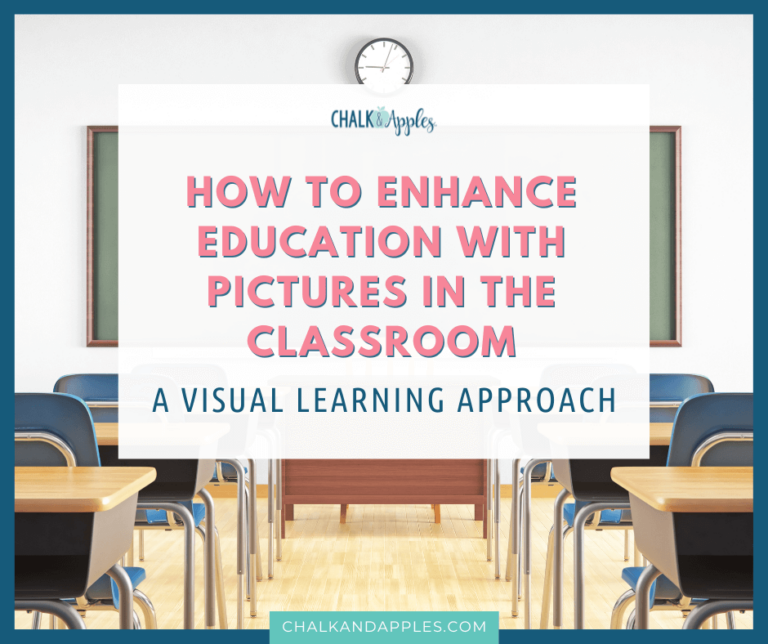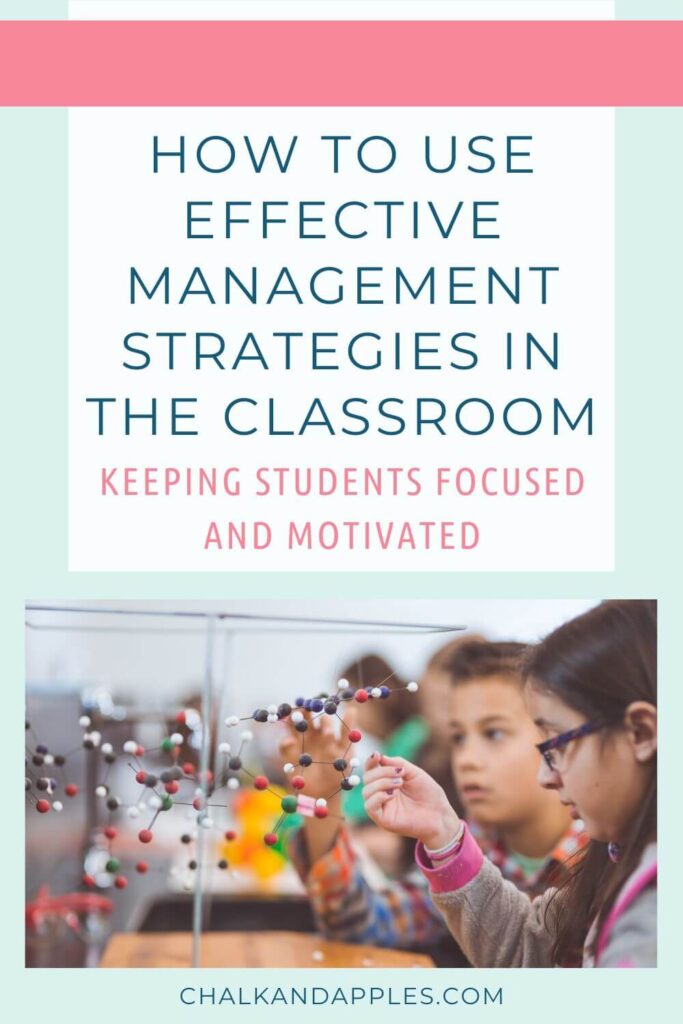
Creating a productive and engaging learning environment is crucial for effective teaching. In a classroom setting, managing student behavior and keeping them on task can be challenging. However, with the right management strategies, teachers can establish a positive classroom culture that encourages active participation, fosters student motivation, and enables all students to focus. In this blog post, we will explore some common and effective management strategies in the classroom that can help teachers maintain an organized and conducive learning environment.

Using callbacks and attention signals is an excellent way to grab students’ attention and redirect their focus. By establishing a consistent verbal or non-verbal cue, teachers can quickly regain control of the classroom. For example, a teacher might say, “Class, class!” and students respond with, “Yes, yes!” This technique not only helps to refocus students but also promotes a sense of unity and engagement. Using management strategies in the classroom such as this one will help students understand what they need to be doing at all times of the day.
Visual aids, such as classroom posters, can serve as effective reminders and references for desired behaviors. Teachers can create posters displaying classroom rules, procedures, and expectations, which can be reinforced throughout the school year. Including engaging visuals and illustrations can make the posters more appealing and memorable for students. Additionally, displaying educational posters and charts relevant to the current topic can enhance students’ learning experience.
Hand signals and gestures provide a non-disruptive way for students to communicate their needs or requests without interrupting the flow of the class. For example, raising one finger can indicate the need to use the restroom, while raising two fingers can mean a student requires a pencil. By teaching and consistently reinforcing these signals, teachers can ensure that student’s needs are met efficiently, allowing the class to continue uninterrupted. Systems like this are small management strategies in the classroom, but they go a long way toward making things run smoothly.
You will also enjoy using Sign Language Hand Signal Posters to communicate silently with your students.
Recognizing and rewarding students’ efforts and achievements are powerful motivators. Teachers can implement a system where students earn points, stickers, or tokens for demonstrating positive behaviors, completing tasks, or meeting specific goals. These rewards can be accumulated and exchanged for privileges, small prizes, or even extra free time. Positive reinforcement not only keeps students motivated but also reinforces desired behaviors, creating a positive classroom environment. This is one of the most useful management strategies in the classroom!
Keeping students engaged actively during lessons significantly reduces the chances of distractions. Incorporate various teaching strategies that encourage student participation, such as group work, discussions, hands-on activities, and interactive multimedia presentations. This active involvement promotes a sense of ownership in the learning process, making it more likely for students to stay focused and motivated.
Setting clear expectations and establishing consistent routines are essential components of effective classroom management. Students thrive in environments where they know what is expected of them. Clearly communicate behavioral expectations, academic standards, and classroom procedures from the beginning of the school year. Consistency in routines provides a sense of structure and predictability, allowing students to feel more secure and confident in their learning environment.
Every student is unique, with varying needs and learning styles. Providing individualized attention and support is vital to keeping students engaged and motivated. Take the time to understand each student’s strengths, weaknesses, and interests. Differentiate instruction to accommodate diverse learning needs and provide additional guidance when necessary. By demonstrating a genuine interest in their success, students are more likely to stay on task and remain motivated.
Effective classroom management is a key factor in creating a positive and productive learning environment. By employing strategies such as callbacks, attention signals, classroom posters, hand signals, positive reinforcement, active engagement, clear expectations, and individualized support, teachers can foster a focused and motivated classroom. Remember, building a strong classroom community requires consistency, patience, and ongoing efforts to address the diverse needs of students. Implement these strategies and adapt them as needed to create an optimal environment for learning and growth.

Find ready-to-go lessons, activities, and organizational tools to simplify your life and help you fall back in love with your job.
Get teaching tips, resources, and freebies delivered right to your inbox once a week!
We weren't meant to do this teaching life alone... we need each other. Join our Upper Elementary teacher community on Facebook for tips, ideas, and support from people who get it... teachers just like you!